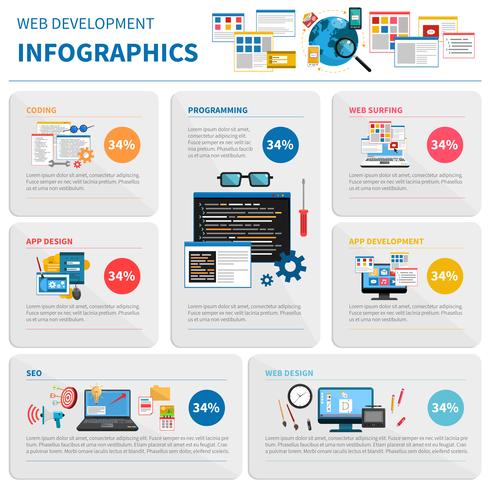Keen To Uncover How Website Design Has Changed Gradually? Dive Into The Evolution From Simplicity To User-Focused Experiences.
Keen To Uncover How Website Design Has Changed Gradually? Dive Into The Evolution From Simplicity To User-Focused Experiences.
Blog Article
website design company Created By-Monroe Vinson
In the past, websites were simple and concentrated on details. Navigation was direct, and style was for desktop computers. Now, user experience is key. Information overviews layouts for easy navigation. Receptive formats fit various tools. Today, dark setting lowers strain, and minimalist menus boost navigating. Interactive functions engage customers, and strong visuals stand out. AI combination boosts involvement. See how style has actually developed to boost your online journey.
Early Days of Web Design
In the early days of website design, simplicity preponderated. Sites were standard, with limited colors, fonts, and designs. The focus got on giving information as opposed to fancy visuals. Customers accessed the web with slow-moving dial-up links, so speed and capability were key.
Navigation food selections were straightforward, typically situated at the top or side of the page. Websites were made for desktop computers, as mobile surfing had not been yet widespread. Material was king, and developers prioritized very easy readability over intricate design components.
HTML was the key coding language utilized, and designers needed to function within its restrictions. Computer animations and interactive attributes were minimal contrasted to today's standards. Websites were fixed, with little vibrant content or customized individual experiences.
Increase of User-Focused Layout
With the evolution of website layout, a change towards user-focused layout concepts has come to be progressively famous. Today, producing sites that prioritize user experience is crucial for engaging site visitors and attaining organization objectives. User-focused design involves understanding the demands, preferences, and behaviors of your target audience to tailor the internet site's format, web content, and includes as necessary.
Developers currently perform detailed study, such as individual studies and functionality screening, to collect understandings and responses straight from customers. This data-driven strategy aids in creating intuitive navigation, clear calls-to-action, and visually appealing interfaces that reverberate with visitors. By placing the customer at the facility of the layout procedure, internet sites can provide a much more individualized and delightful experience.
https://urbanmatter.com/4-effective-digital-marketing-strategies-for-small-businesses/ has additionally emerged as a key facet of user-focused style, guaranteeing that websites are enhanced for various gadgets and screen sizes. This adaptability enhances ease of access and use, accommodating the varied means customers interact with internet sites today. In essence, the surge of user-focused layout represents a shift in the direction of developing digital experiences that prioritize the requirements and expectations of the end customer.
Modern Trends in Website Design
Explore the most recent patterns forming web design today. One noticeable pattern is dark mode design, supplying a sleek and modern appearance while decreasing eye pressure in low-light environments. One more essential pattern is minimalist navigating, simplifying food selections and improving user experience by concentrating on essential elements. Incorporating micro-interactions, such as computer animated switches or scrolling effects, can produce a much more engaging and interactive site. Receptive layout continues to be essential, ensuring seamless user experiences across numerous devices. In addition, making use of strong typography and asymmetrical formats can include aesthetic interest and draw attention to specific content.
Integrating AI modern technology, like chatbots for client assistance or personalized referrals, boosts user involvement and simplifies procedures. Availability has also become a significant pattern, with developers prioritizing comprehensive layout practices to satisfy varied individual demands. Welcoming sustainability by enhancing site efficiency for speed and efficiency is an additional emerging trend in website design. Working together with individual comments and data analytics to iterate and improve layout continually is necessary for remaining relevant in the ever-evolving digital landscape. By welcoming these modern-day patterns, you can create a visually enticing, straightforward site that resonates with your target market.
Final thought
As you reflect on the advancement of website style from the very early days to currently, you can see how user-focused style has become the driving force behind modern-day trends.
Embrace the trip of adjustment and adaptation in website design, always maintaining the customer experience at the leading edge.
Keep present with the most up to date patterns and technologies, and never quit developing your approach to develop visually stunning and straightforward sites.
Progress, adjust, and create - the future of web design remains in your hands.
